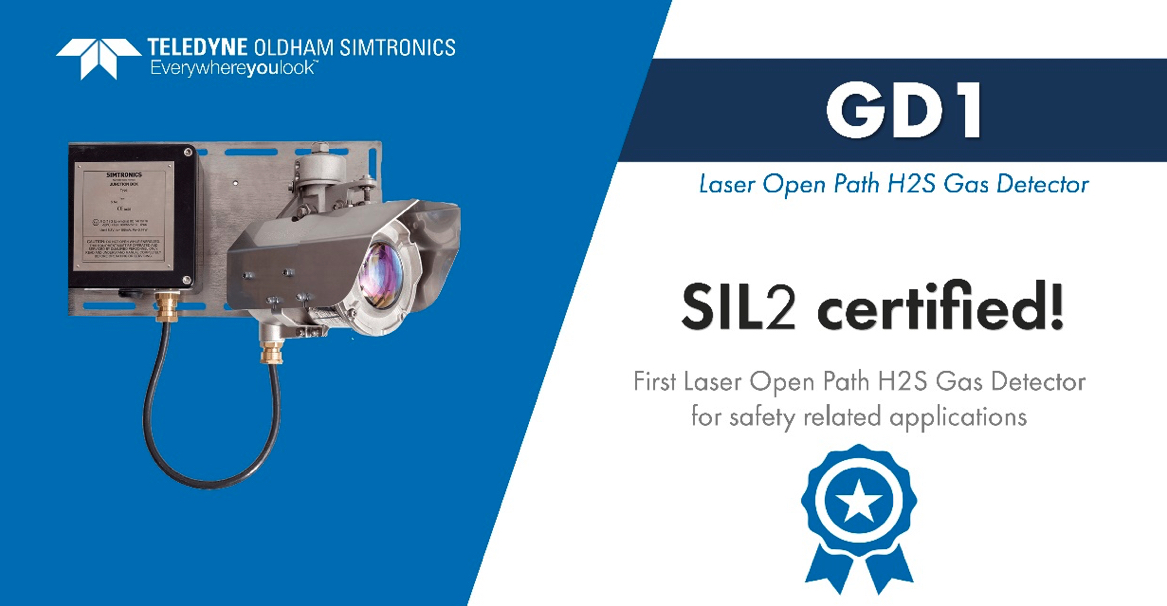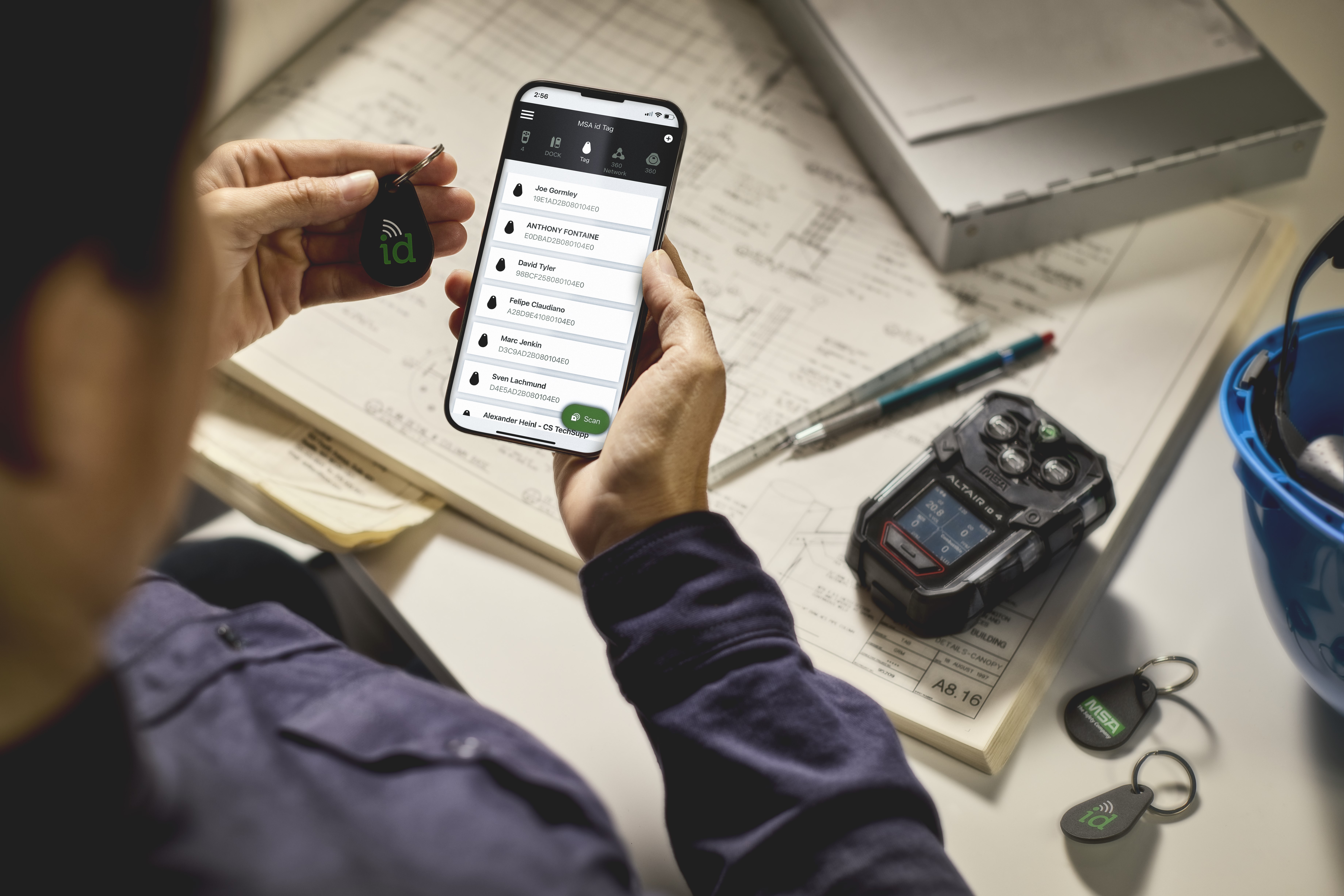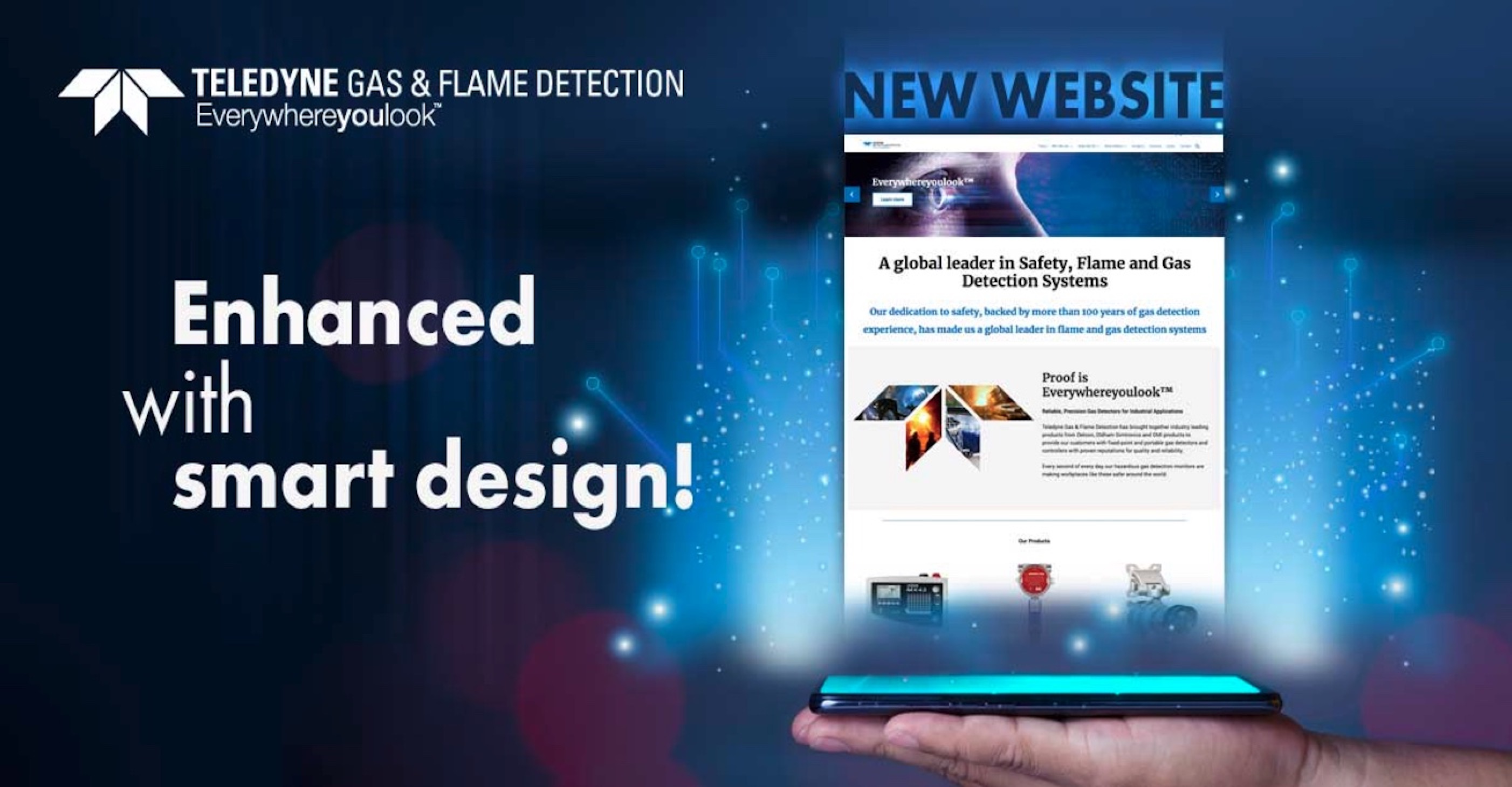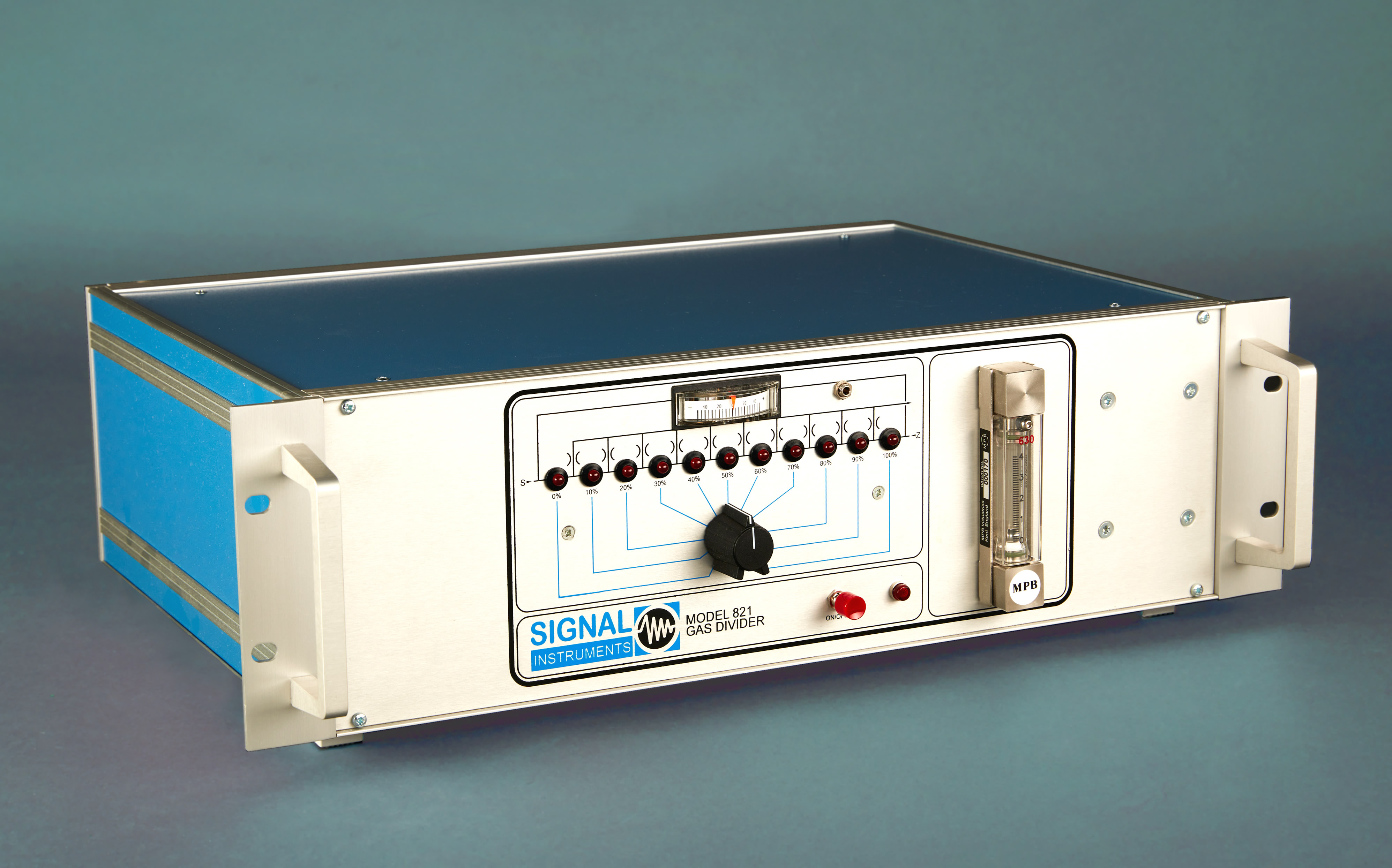The number of workplace injuries remains nearly unchanged year-over-year, with more than 2 million nonfatal workplace injuries and illnesses reported by provide industry employees in 2019.[i] And up to 90% of workplace injuries can be attributed to human error.
While PPE has not traditionally had the technological capabilities to help prevent worker injury due to human error, the latest safety innovations, such as gas detection wearables, can help provide the visibility and data-driven insights to help your organization create an adaptable, proactive safety program and establish a culture of behaviour-based safety. Connected, wearable technology is leading the way for gas detection programs to evolve and enhance both their approach to worker safety and their approach to record-keeping, compliance, and fleet management.
But transforming your organisation to a connected program does not happen overnight. The first step is understanding the benefits of wearable technology and how a connected program can work for your organisation.
To start, what is a gas detection wearable? What are the benefits of connected safety technology? Here are answers to those top questions:
- What is a gas detection wearable?
A gas detection wearable is designed to be worn by each individual worker, on his/her person, while on the jobsite. With a wearable detector that can simply clip directly on to apparel or other PPE, such as a fall harness, lone workers can be monitored in real-time to help provide critical data points about on-site workers to off-site safety managers, including emergency monitoring.
A wearable device can be a useful way to monitor workers’ safety, location, and behaviors; however, it may not always be enough to help build a proactive, adaptable gas detection safety program over time.
But a wearable gas detector that comes with automatic connectivity can be much more impactful in terms of driving transformation, efficiency, and reaching long-term safety and productivity goals of a gas detection program.
- What does the term “connected” mean for gas detection hardware?
The term “connected” not only means a connected device – one that comes with out-of-the-box, cutting-edge cellular connectivity through leading national networks – but also a comprehensive solution inclusive of hardware software. It’s not necessarily enough to simply have cellular connectivity; hardware should also be connected to software, so that connectivity can provide the real-time data and insights to help drive adaptable, proactive safety programs.
This connectivity transforms hardware from traditional PPE to a technology-based, future-forward solution. Successful integration of this advanced technology requires that not only are devices smarter and capable of providing visibility and insights to help curb risk, boost productivity, and simplify compliance, but also that they continue to perform with the durability and functionality to maintain their first and foremost mission of helping to protect the worker. As a wearable device, the detector should maintain the IP-rating, sensor technology, and battery life expected of today’s most durable portable gas detectors.
A wearable device that comes with automatic connectivity right out-of-the-box allows for quick and seamless implementation, no IT required.
- How can wearable, connected technology help improve worker safety?
The most common industries for lone workers include oil and gas, telecommunications, utilities, construction, and industrial contractors. With wearable devices, safety managers can help ensure these lone workers are not completely alone. By digitally assigning a wearable device to individual workers at the start of each shift, safety managers can gain insight into key individual worker data including:
- Compliance of device use and faulty safety behaviours, including turning off an instrument or changing settings
- Workers’ locations, gas readings, and alarms
- Safety behaviours in the field, and whether new training specific to individuals is needed
A connected work program for gas detection can provide the visibility that is needed to manage large teams of workers and help establish a behaviour-based culture of safety. With real-time visibility of lone workers, safety managers can help make sure those workers are protected, with instant alerts. And connected hardware and software solutions can provide real-time data such as worker location and how the detector is being used by each worker – which can all help inform safety training to both drive worker safety day-to-day and enhance an organisation’s safety culture over time.
- How can wearable technology improve worksite safety?
It can be difficult to difficult to manage assets across different worksites and keep remote teams safe and productive. Connecting worksites with wearable, connected technology gives safety managers visibility into:
- Teams and assets, including worker position and activities and which devices require maintenance
- External and environmental factors, such as temperature or humidity
- Equipment status, maintenance, and asset management information across all worksite locations
- Centralized reports and data logs for automated compliance
- Intelligent mapping and zone segmentation, automated digital follow-ups, alarm sharing, and heatmapping to help drive operation-wide safety
With notifications available on both desktop and mobile devices, safety managers can get alerts when alarm exposure or SOS event occurs. Other details such as GPS location, gas readings, and compliance data are readily available within these immediate notifications provides safety managers with the visibility needed to manage safety and productivity across multiple worksites at once, all from remote, off-site locations.
- How can wearable technology improve compliance and accountability across an organization?
Since a non-compliant detector can lead to potentially disastrous outcomes, it’s essential to ensure that every device is optimised. In other words, every device operates and protects the worker as it should. Technology not only makes this possible, it also makes it seamless. Advanced features that wearable technologies for gas detection should include are:
- Automatic bump tests and calibration when devices need it
- Visual indicators with green, yellow, and red lights representing “compliant,” “non-compliant,” and “in alarm,” respectively
- Device lock out to ensure that non-compliant devices are not inadvertently used
- Real-time historical data into specific workers
- Can wearable devices help improve compliance and overall workflows?
Connected wearable devices allow you to connect workflows across your organization by providing insight into compliance and productivity issues. This information, coupled with connected cloud-based software, can allow you to:
- Automate compliance and help to reduce false alarms, remove asset-related risks, and lower the cost of downtime
- Determine if instruments have been configured correctly and are compliant in testing and while in use
- Create comprehensive reports in an industry standard format
- What type of investment should an organization anticipate for implementing new wearable and connected technology across their workers and worksites?
With the latest technology, often comes newer business models to help drive your organizations’ transformation to a connected safety program. Subscription models that include both detector hardware and software options can help enable faster implementation, along with increased warranty coverage and ongoing software and firmware upgrades.
The right partner can help support your organisation’s connected safety journey with the right solution to fit your needs, from the number of wearables to various software options and features capabilities, giving you flexibility.
A seamlessly integrated solution of connected wearables and cloud-based software can provide visibility of your workers, worksite, and workflows that can make all the difference and help organizations drive a proactive safety culture over time.
Find out more about the latest innovations in connected gas detection wearables here.




